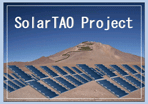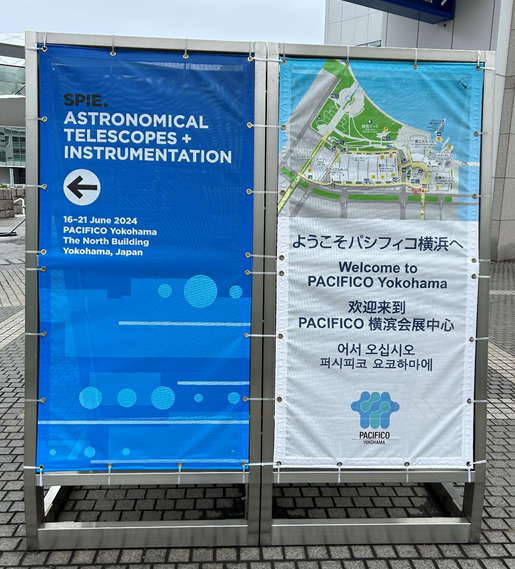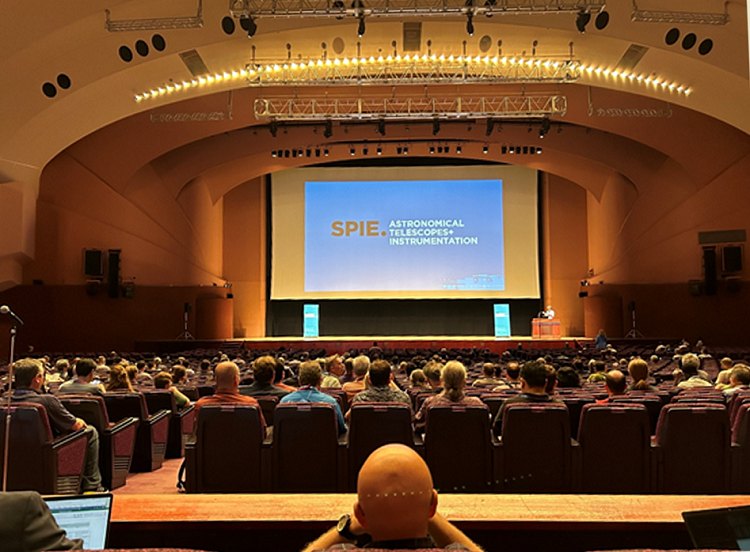
|
TAO Project |
|
The TAO project

|
Attend SPIE Astronomical Telescopes + Instrumentation 2024@PACIFICO YokohamaSPIE Astronomical Telescopes + Instrumentation (hereafter SPIE) held in every two years is a high-profile international conference where many cutting-edge research results on telescopes and astronomical instruments are presented. SPIE2024 was held at PACIFICO Yokohama from June 16 to 21, 2024, for the first time in Asia. More than 2900 participants (a record) gathered from all over the world. As it was a good opportunity to learn about the results of the world's most advanced research, many TAO members attended the meeting and several presentations were made related to TAO Project.
Presentations at SPIE covered a wide range of topics. There were sessions on the 30-meter class ground-based very large telescope project, which is under development and construction, and the large space telescope project, which is scheduled for launch in the future. It was said to be capable of detecting phenomena that could never be detected with existing telescopes and instruments. As an astronomer, I was eager to know the results of those observations. On the other hand, to realize such an ultra-large-scale project, many technical challenges had to be overcome, and we could see staff of more than 100 people was working to overcome each challenge. The presentation saying that the observation instruments for the large telescope will be several meters in size, the weight of small parts will exceed 10 tons, and making it difficult to move them was impressive. There were also sessions on each component of the instruments, such as detectors, gratings and other dispersive elements, and adaptive optics; sessions on individual elements, such as where to build the telescope, how to operate the observatory, and how to handle observation data; and sessions on the use of machine learning and artificial intelligence (AI) in astronomy. We listened to each presentation from the perspective of whether there were technologies that could be applied to our project, or whether there were projects that could be our competitors.
After the oral presentations, which begin in the morning and end in the evening, the poster session begins. More than 100 posters gather together in a large hall, where poster speakers provide explanations and participants ask questions. Each poster was posted for only one day, meaning that the poster was removed from the poster board the next day, participants basically had only one chance to discuss with the speaker of that poster. So the poster room was packed every day and very exciting. Since many of them gathered in the poster room, it was also possible to meet several researchers whom I had previously met for the first time in a long time, and to report on the current status and exchange information. This is a true benefit of holding a meeting locally. In SPIE2024, there were 4 presentations related to TAO: a general status report of the project, two development report of instrument, and one proposal of a telescope assembly aid.
We would like to make steady progress in development so that we can make presentations related to TAO Project at the next SPIE in two years.
Copyright(c) 2024 TAO Project, Institute of Astronomy, Graduate School of Science, University of Tokyo
|

